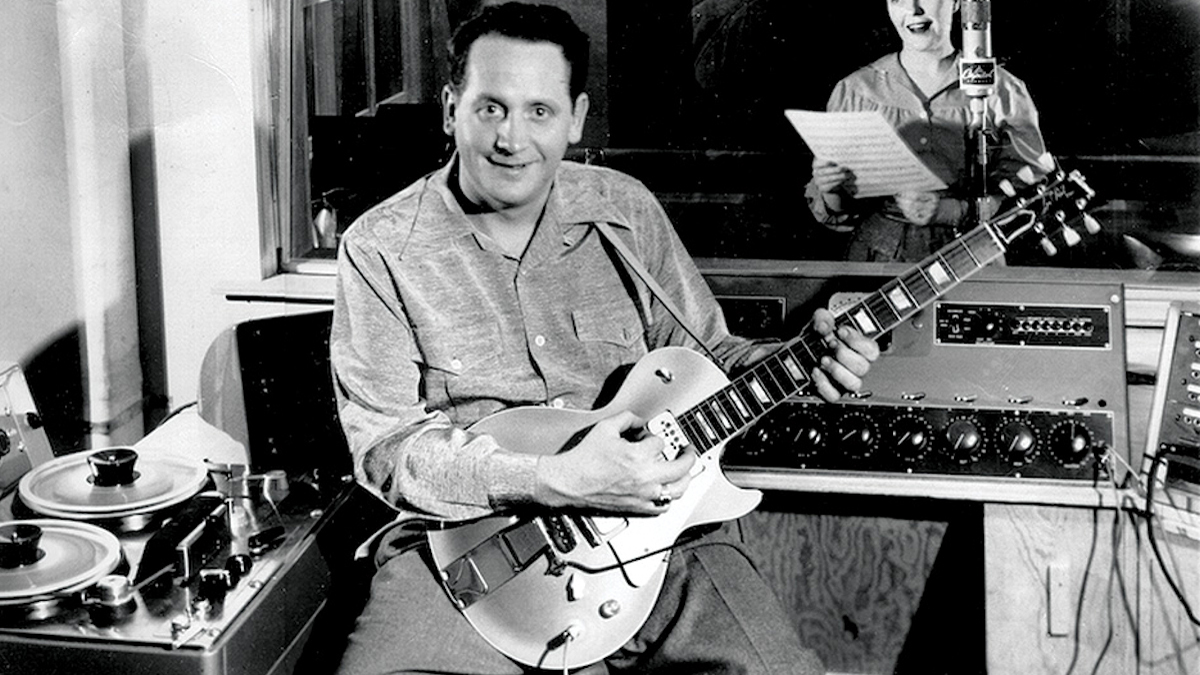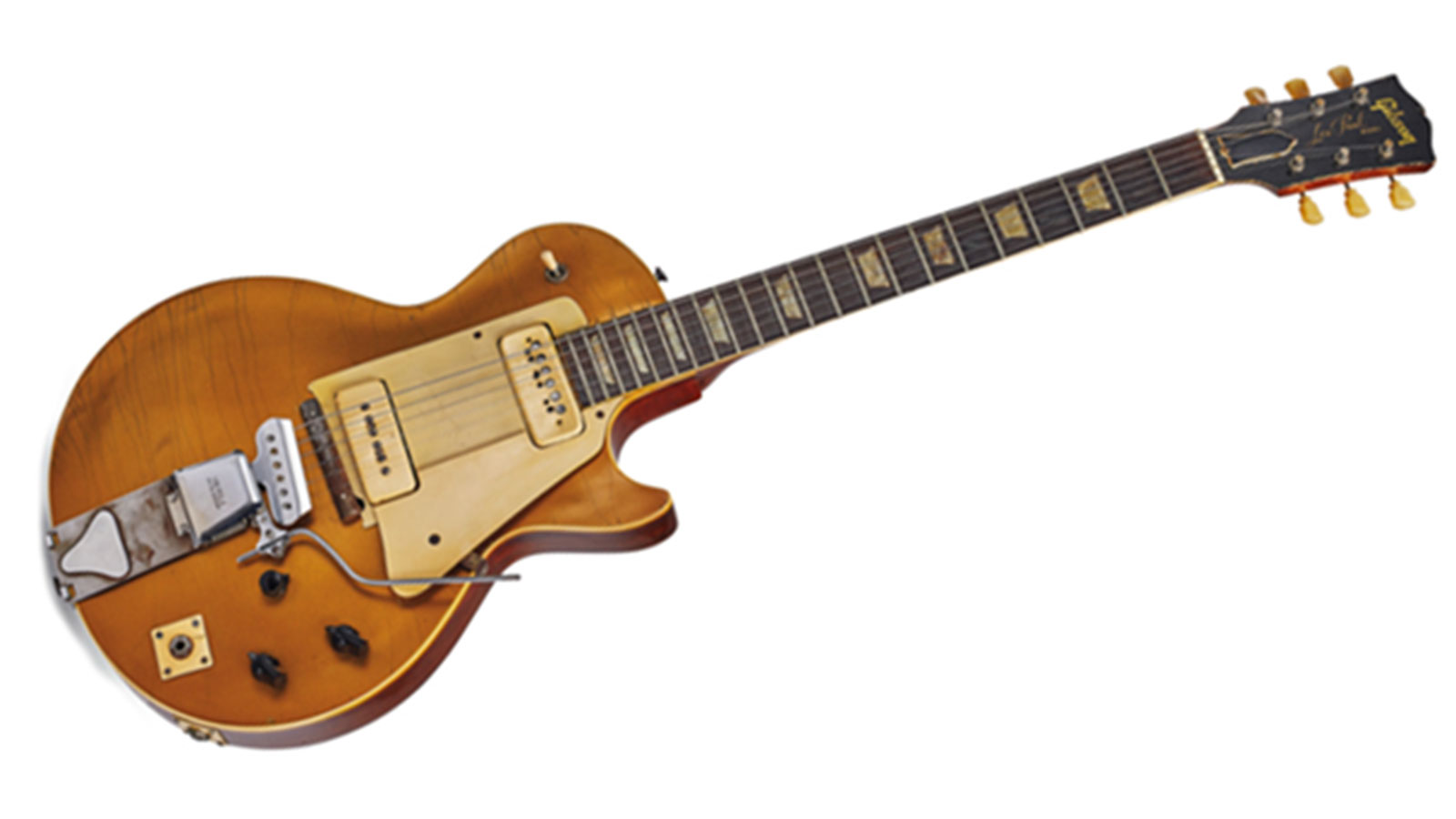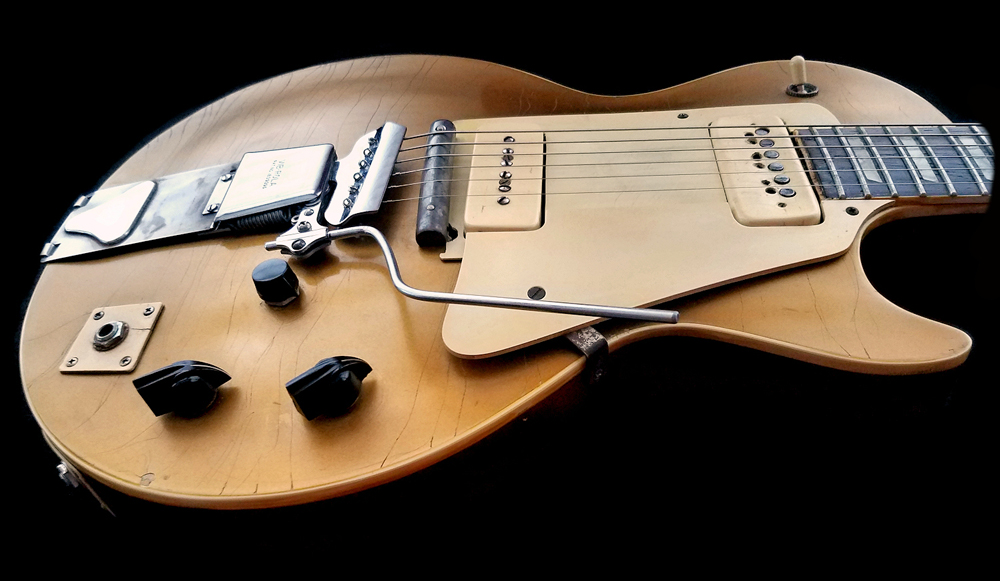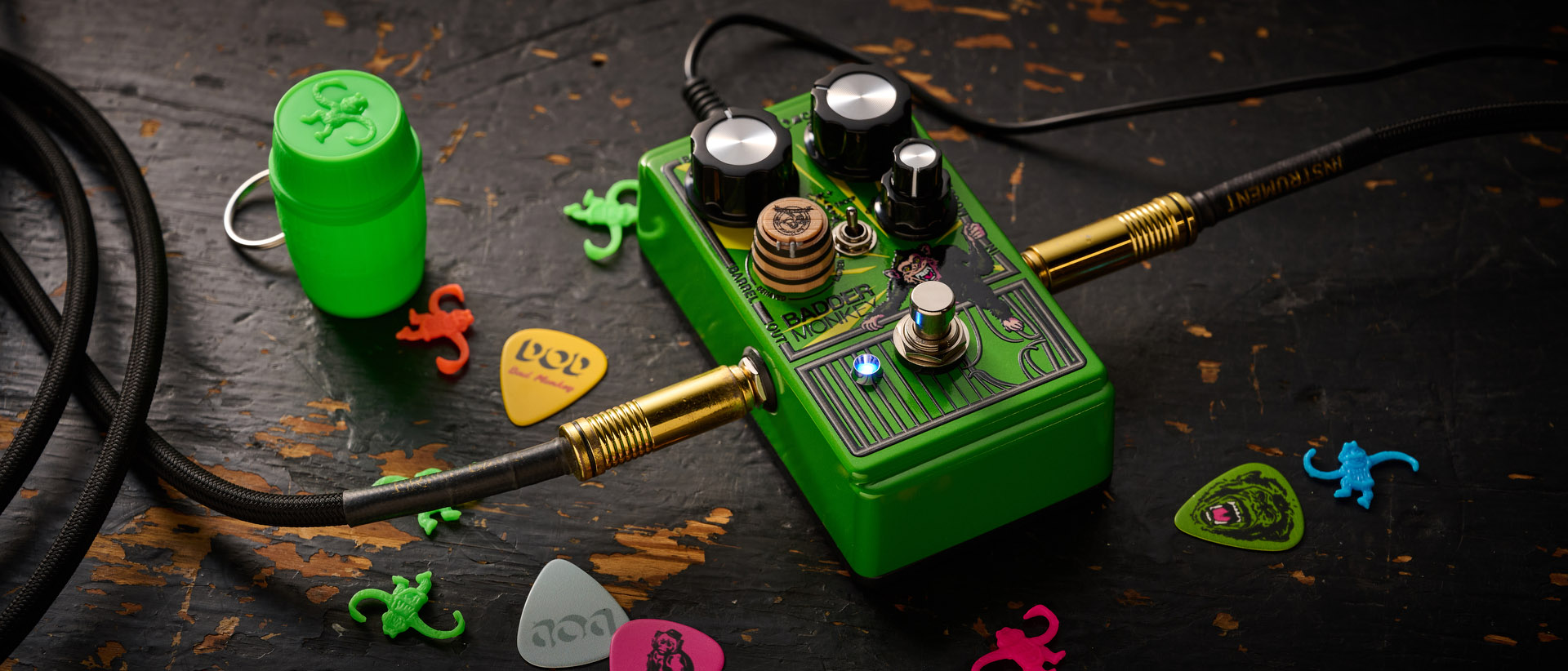The "first" Gibson Les Paul approved by the man himself is going up for auction
Les Paul's "crowning achievement" will be sold as part of Christie's Exceptional Sales lot in New York, which takes place October 13

The first production model Gibson Les Paul to be approved by its namesake is set to go on sale at New York-based auction house Christie’s on October 13, 2021.
The instrument was thought to be designated by Les Paul as his ‘Number One’ around 1951 or 1952.
Christie’s consultant Kerry Keane says: “In any creation narrative there are always multiple protagonists, but the name Les Paul ranks at the pinnacle when discussing the electric guitar.
"His lifelong search and development in perfecting the electric guitar would forever change the instrument. That transformation is responsible for the successful careers of generations of guitarists that performed on the Les Paul guitar.

"This guitar physically embodies his endless passion that produced the most iconic musical instrument in popular culture.”
It’s easy to forget that Gibson’s legendary solid body was first and foremost a signature model upon its arrival in the '50s. Les Paul was known for his technical innovations and was brought in by Gibson to consult on the development of a solid bodied guitar, following his own work on ‘The Log’ – a prototype solid-bodied Spanish guitar.
Gibson had rejected The Log, but saw the marketing advantage of having the guitar star’s name on the headstock of a solid body electric.
All the latest guitar news, interviews, lessons, reviews, deals and more, direct to your inbox!
The resulting instrument – in Gold, as per Les Paul’s specification – aimed to hit a high-end market that could distinguish it from Fender’s increasingly popular entry-level models, like the Fender Esquire (the guitar that would become the Telecaster).

In terms of specs, the true flagship LP model features, as you’d expect, a number of eye-catching hardware appointments. Fine-tune tweaks include larger frets, a handmade truss rod cover and a pickup cover that was drilled by Paul.
Some of the rarer specs include a Kauffman Vibrola with sideways control, a cold rolled steel bar bridge and two output jacks – the original side-mounted one that went direct to board and an added top-mounted high impedance one.
The pickups were also heavily modded by Paul. While the neck one was tweaked for low impedance, the bridge fitting was completely rewound using heavy gauge low impedance wire. Furthermore, a phantom “Q-Coil” was connected for humbucking tones, engaged via an L-style switch.
Elsewhere, the two original Gibson-appointed Chicknhead knobs are joined by a custom clickable two-position switch that toggles between the jacks.
And, in an attempt to cover up his modifications, Les Paul fitted an extended blanket pickguard that sits between the pickups.
Now it is Les Paul’s son, Gene Paul, and the guitarist’s longterm collaborator Tom Doyle, who have brought the instrument to Christie’s.
“Les brought his idea to Gibson and they initially dismissed it outright, but Les was dogged,” says Tom Doyle. “He held strong to his ideas and his beliefs, knowing that someday they would see the light. Les kept tinkering and inventing, and making his concept better and better.
“Then finally after about 10 years, and after lots of trial and error, the good folks at Gibson presented this very guitar to Les. He was smitten, and he was overjoyed – and the rest, as they say, is history.”
“This was the most historically significant, valuable, pivotal, and important guitar to my father,” says Gene Paul. “His crowning achievement.”
Les Paul’s ‘Number One’ Gibson Les Paul will be auctioned off as part of Christie’s New York's Exceptional Sales lot, which opens on October 13, 2021. Its estimated value is $100,000-150,000.
Look out for a major feature on this historic instrument in Guitarist magazine soon including the untold story of how Les Paul and Gibson gave birth to the company's greatest electric guitar, plus a deep dive into the mods and specs of this iconic guitar.

Matt is Deputy Editor for GuitarWorld.com. Before that he spent 10 years as a freelance music journalist, interviewing artists for the likes of Total Guitar, Guitarist, Guitar World, MusicRadar, NME.com, DJ Mag and Electronic Sound. In 2020, he launched CreativeMoney.co.uk, which aims to share the ideas that make creative lifestyles more sustainable. He plays guitar, but should not be allowed near your delay pedals.

